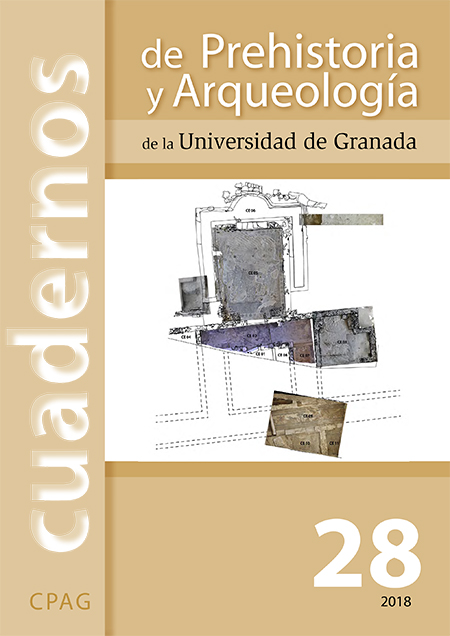THE SEMANTICS OF MATERIAL CULTURE: ANDALUSIA MOORED AND UNMOORED
Contenu de l'article principal
Résumé
Andalusia has been always a liminal space between the West and the Orient. Since the late 18th century, the Muslim heritage of the region has been imagined, visited, and praised by foreign visitors, and remains its most well-known cultural legacy. Yet the language used in didactic panels when explaining Muslim monuments tends to refer more to its Christian past or its current use than to their Arab history and subsequent alienation under Christian rule. This article aims at analysing the logic and politics behind this use of language in two case studies, the touristic enactment of the Mosque- Cathedral of Córdoba, and La Giralda in Seville. It contextualises these monuments both in their medieval-modern past and in the present, when current Islamic terrorist attacks are fostering xenophobia, as well as the alienation of Muslim migrants and inhabitants in Andalusia, who seek to reroute their ‘European’ identity and connections by way of the Muslim history of the region.



